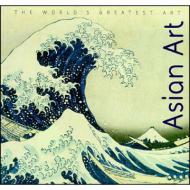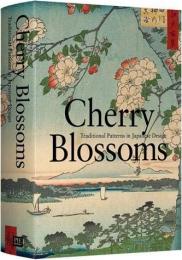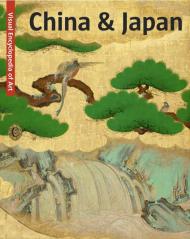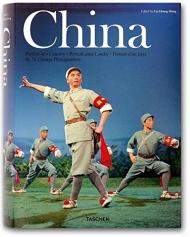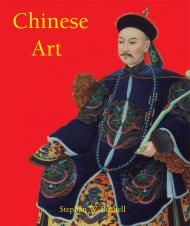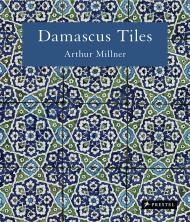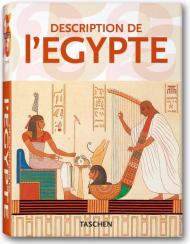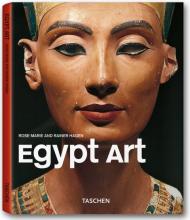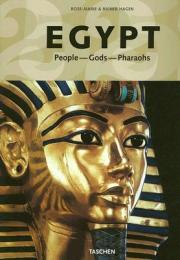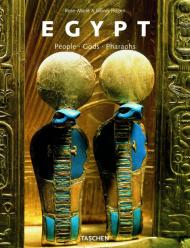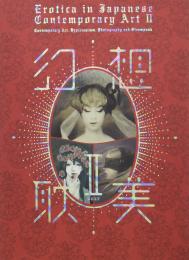This book brings together a vast selection of images by Chinese photographers since 1949, giving readers a visual journey across the great People's Republic; edited by esteemed photojournalist Liu Heung Shing, longtime Associated Press correspondent and Time magazine contributor.
In post-Mao China, late Chinese leader Deng Xiaoping urged his one billion countrymen to "seek truth from facts." Taking its cue from Deng's overture, China today is the leading economic story of the 21st century. The process by which China navigated the path from periphery to a central position in world affairs dominates the debate about Asia and China's relationship to the western world. Pulitzer-winning photojournalist Liu Heung Shing charts the visual history of sixty years of the People's Republic (1949 to 2008), and along the way aims to illustrate its humanistic course.
Via work by 88 Chinese photographers, this collection of images shows how the Chinese people have blossomed in spite of enduring previous decades of extraordinary hardship. When China opens the curtain at the summer Olympics in 2008 and the world’s focus falls upon Beijing, these photographs will serve to map out the remarkable road the Chinese have traveled to rejoin the rest of the world. To help place the images in context, also included is a chronology listing all the major political events in China.
The photographers:
Cai Shangxiong, Chen Changfen, Chen Ling, Ricky Chung, Cui Xinhua, Du Xiuxian, Feng Jianguo, Ge Xin , Gu Shoukang, Guo Gai, Guo Tieliu, Han Lei, He Yanguang, Hong Ke, Hou Bo, Hu Yang, Huang Yimin, Ji Lianbo, Jiang Jian, Jiang Shaowu, Jin Cheng, Kou Shanqin, Jason Lee, Lei Yu, Li Lang, Li Nan, Li Zhensheng, Liu Heung Shing, Liu Zheng, Lu Beifeng, Lu Guang, Lü Nan, Lü Xiangyou, Luo Xiaoyun, Meng Zhaorui, Peng Xiangjie, Qin Wen, Qiu Haiying, Qiu Yan, Ren Wen, Rong Rong & inri, Ru Suichu, Shi Xunfeng, Tang Desheng, Wang Fuchun, Wang Jie, Wang Jinsong, Wang Shilong, Wang Wenlan, Wang Jing, Wei Dezhong, Wei Ruoxun, Wen Jianping, Weng Naiqiang, Wu Jialin, Xiao Quan, Xiao Ye, Xiao Zhuang, Xie Guanghui, Xie Hailong, Xing Danwen, Xu Haifeng, Xu Xiaobing, Yang Shaoming, Yang Shizhong, Yang Yankang, Ying Fukan, Yong He, Yu Deshui, Yu Haibo, Yuan Kezhong, Zeng Nian, Zhang Dali, Zhang Peng, Zhang Xinmin, Zhang Yaxin, Zhao Qunying, Zheng Pingping, Zhou Cao, Zhou Chao, Zhou Yue, Zhu Yan and Zuo Jiazhong.
